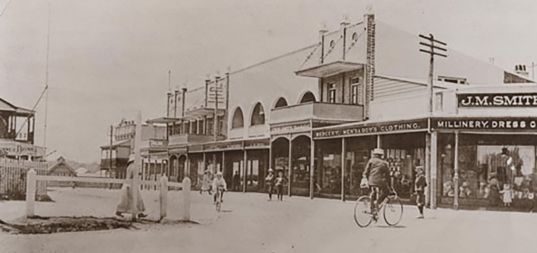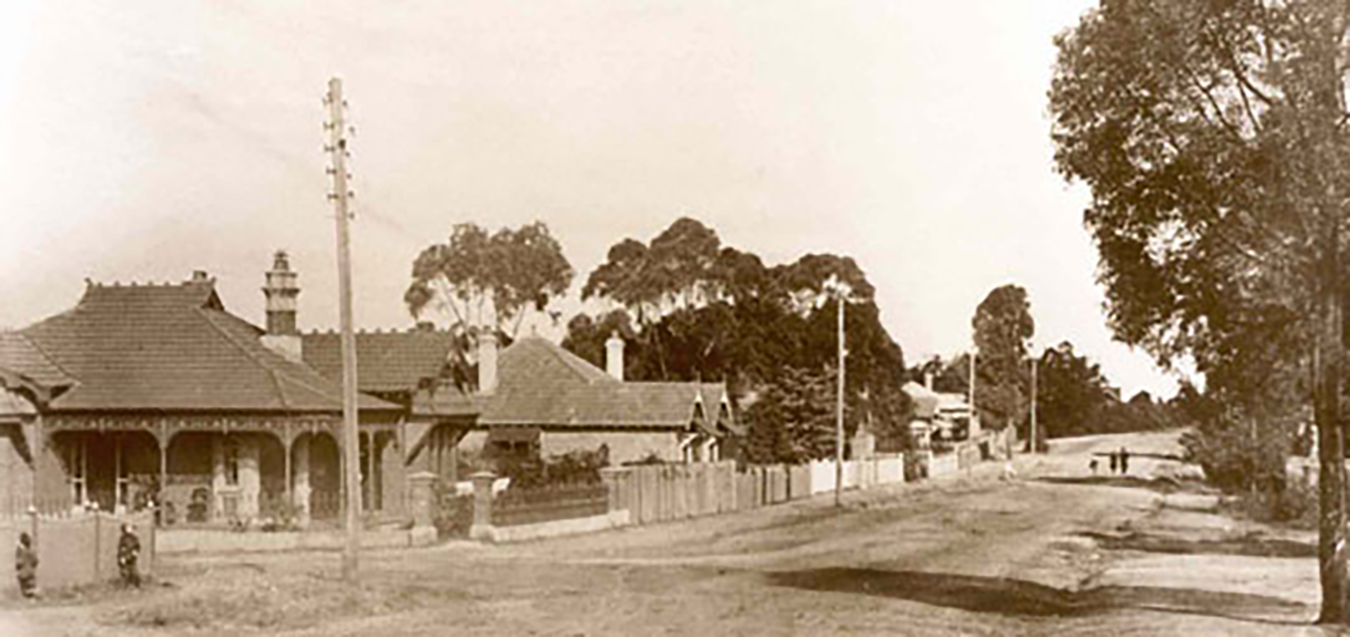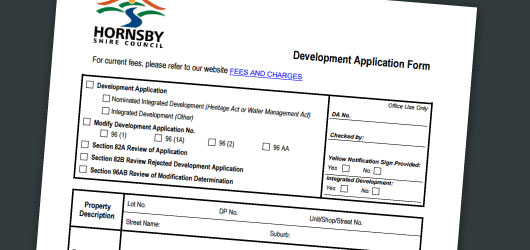History

It began as a centre for Aboriginal tribes, became a rural district for European settlers then transformed into the suburban area of today.
The original occupants of Hornsby Shire were the Aboriginal people of the Darug and GuriNgai language groups. They were forced from their land by European settlement, but have left behind many significant artefacts of Aboriginal culture including engravings on sandstone ridges, rock shelters containing cave paintings, camp sites, shell middens and scarred trees.
Several towns in the Shire have names derived from the Aboriginal language, with possible meanings such as Berowra (place of many winds); Mt Kuring-gai (the local tribe); Dural (dooral - burning logs or standing dead trees, alight within); Berrilee (birra birra - pigs of the white settlers); and Cowan (big water). Read more about Hornsby Shire’s Aboriginal heritage.
The Hawkesbury River was one of the first regions explored by Europeans following settlement in 1788. Six weeks after the arrival of the First Fleet Governor Phillip led an exploration through Broken Bay in search of a large river to provide fertile land capable of cultivating crops for the colony. A branch of the Hawkesbury River was discovered, but due to a shortage of supplies the party was forced to return.
The following year a second expedition, led by Governor Phillip, continued the exploration of the river. Upon discovering that the river was of a substantial size, Governor Phillip named it the Hawkesbury after the Baron of Hawkesbury. The party travelled for 16 days, passing Gentleman's Halt, Laughtondale and Wisemans Ferry before reaching the fertile plains at Windsor. The river provided the major transport route for farmers and became the lifeline for the delivery of produce to the growing colony. The shoreline also provided a good location for other commercial activities to establish, such as salt production, flour milling and boat building.
In 1825 Heneage Finch surveyed land from Castle Hill to Wisemans Ferry along the ridge to enable a road to be constructed, connecting Sydney with the Hunter Valley. The road was a continuation of Old Northern Road which had been constructed in 1817 from the Government Farm in Castle Hill to the present township of Galston. The new road was named the Great North Road and replaced the old Putty Road that linked Windsor, Putty and Bulga to the Hunter River. Today the road is still used and is becoming a historical and tourist attraction.
The white histories of the suburbs that now make up Hornsby Shire all follow a similar pattern. The first Europeans to arrive in the districts from 1794 onwards were generally farmers and orchardists, followed by timber-getters from 1816. However, there are broad overlaps. Once the valuable timber was removed orchardists and farmers were more readily able to cultivate the land. With the improvements in roads and the coming of the railway, fruit growers diversified their plantings as their produce could now reach market without spoiling. Along the railway line land began to increase in value and subdivisions into residential blocks started.
The town of Hornsby, from which the Shire gets its name, was named after police Constable Horne. In 1838 police constables Thorn and Horne were rewarded with grants of land for the capture of bushranger John MacMamara who had stolen a Parramatta dignitary's watch. Constable Thorn's land later became known as the suburb of Thornleigh, while a village sprang up on Constable Horne’s land which until the 1890s was known as the village of Hornsby.
However, that is not the Hornsby that people know today. In 1893 the first railway junction was built and called Hornsby Junction, which created considerable confusion with the village of Hornsby to the south. Eventually the village was renamed Normanhurst and the railway station became Hornsby. Because the main northern railway line and the North Shore line joined at Hornsby, it developed as a railway town.
Most of the early development within the Shire followed the railway lines. Urban growth only spread into other areas with the introduction and eventual dominance of the motor car. Since the end World War Two there has been a period of rapid growth within the Shire, with the population increasing from 30,500 in 1945 to 156,000 in 2011.
Hornsby Shire was incorporated in March 1906. A Provisional Council of five members was appointed by the State Government to initially control the Shire. The first meeting was held on 14 June 1906, at which time Mr O.G. Roberts was elected the first Shire Mayor. The State credited the Council with a budget of 20 pounds.
In November of 1906 the first elections were held. The Shire's population (4700) had previously been divided into three wards of similar population, with two councillors elected from each. Councillor J.C. Hunt became the first mayor (which was called the president until 1993). At the second election in 1910 the number of councillors increased to nine, with an extra representative from each ward.
For almost 100 years the mayor was elected by the councillors each year, but in 2004 the mayor became popularly elected for a four-year term following a referendum of the Shire’s residents. There are still three representatives from each ward, bringing the total number of council members to 10. See the list of mayors and presidents.
Hornsby Shire Library has a vast collection of resources that reveal much about the Shire's history. Visit our Local History page to find out more.
View the Hornsby Self Guided Heritage Walk.

 Council Meetings 2025
Council Meetings 2025
| Wednesday, 12 February 2025 |
| Wednesday, 12 March 2025 |
| Wednesday, 9 April 2025 |
| Wednesday, 14 May 2025 |
| Wednesday, 11 June 2025 |
| Wednesday, 9 July 2025 |
| Wednesday, 13 August 2025 |
| Wednesday, 10 September 2025 |
| Wednesday, 8 October 2025 |
| Wednesday, 12 November 2025 |
| Wednesday, 10 December 2025 |








